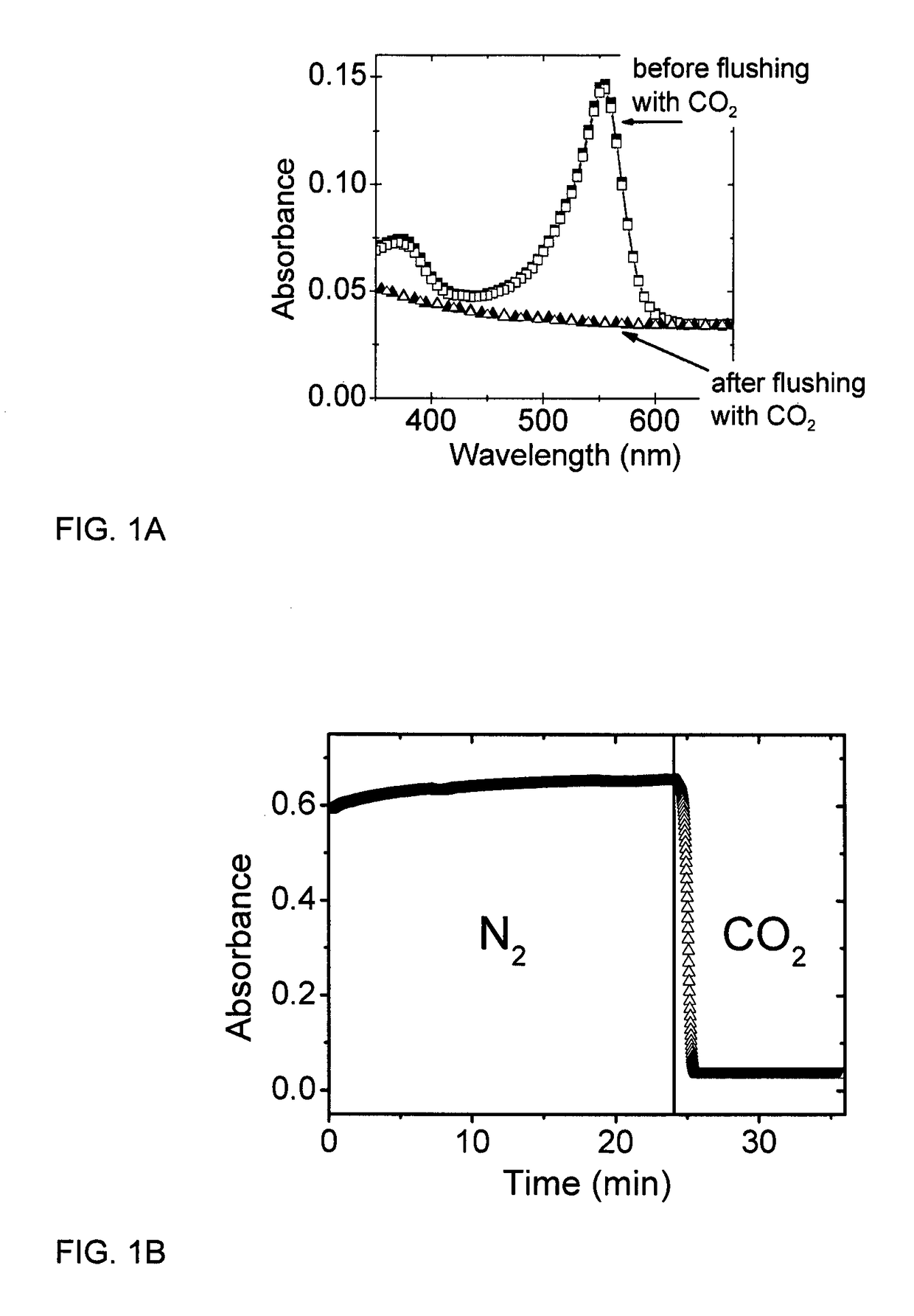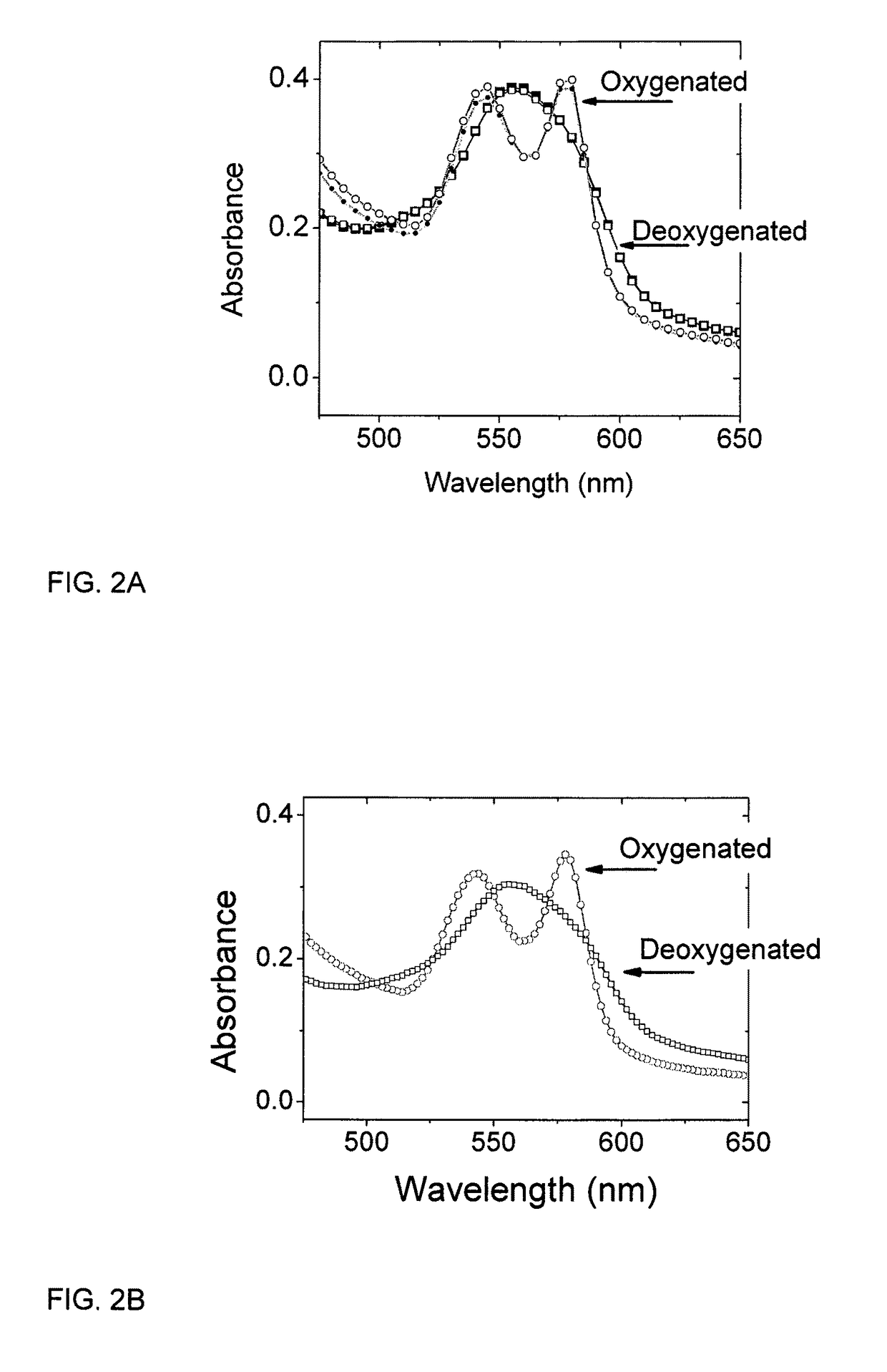Method and device for transferring gas molecules from a gaseous medium into a liquid medium or vice versa
a gaseous medium and liquid medium technology, applied in the direction of liquid degasification, membranes, separation processes, etc., can solve the problems of protein denaturation and platelet and leukocyte damage and thrombosis, all synthetic materials display a more or less pronounced incompatibility with blood, and the effect of affecting the synthesis process
- Summary
- Abstract
- Description
- Claims
- Application Information
AI Technical Summary
Benefits of technology
Problems solved by technology
Method used
Image
Examples
example 1
Preparation of a Superamphiphobic Layer on a Mesh
[0080]The surface to be coated, in this case a metal mesh, was held above a flame of a paraffin candle. Deposition of a soot layer immediately turned the metal black. Scanning electron microscopy revealed that the soot consists of carbon particles with a typical diameter of 30-40 nm, forming a loose, fractal-like network (FIG. 5B). A water drop gently deposited on the surface shows a contact angle above 160° and rolls off easily, proving the surface's superhydrophobicity. However, the structure is fragile as the particle-particle interactions are only physical and weak. When water rolls off the surface, the drop carries soot particles with it until almost all of the soot deposit is removed and the drop undergoes a wetting transition. Therefore, in order to stabilize this structure the soot layer is coated with a silica shell making use of chemical vapour deposition (CVD) of tetraethoxysilane (TES) catalyzed by ammonia. The soot-coated...
example 2
Oxygenation of Blood Via a Superamphiphobic Membrane
[0085]The controlled oxygenation of deoxygenated blood by oxygen diffusion through a superamphiphobic membrane in a closed pumped system was shown to be possible using a flow cell with two superamphiphobic membranes as side walls (FIG. 3B). Depending on the specific application superamphiphobic meshes of different sizes can be prepared separately and then be fixed in the flow cell. It is also possible to place two meshes right behind another if desired.
[0086]The cell was placed into an air tight gas box. This gas box was equipped with two valves for in-flowing and out-flowing gas, connection tubes for in-flowing and out-flowing liquid and an oxygen partial pressure sensor.
[0087]For these experiments, stainless steel meshes with a mesh-width of 32 micrometer and a wire diameter of 28 micrometer were used. The surfaces were made superamphiphobic using the procedure described in Example 1. The inner compartment of the flow cell has an...
example 3
Protein and Cell Adhesion on Superamphiphobic Surfaces
1. Protein Adhesion
[0111]Superamphiphobic surfaces prepared as outlined below were brought into contact with human whole blood. After a predetermined time (typically a few hours), the whole blood was removed and the protein adhesion on the surfaces was quantified by the known Pierce Test.
[0112]Stainless steel meshes were used for each experiment. The mesh width was 32 micrometers and the steel wires had a diameter of 28 micrometers. Five mesh pieces of 1.5 cm×2.5 cm were cut, rinsed with water, ethanol and water, respectively. One mesh piece was used without any further modification as control.
[0113]The other mesh pieces were attached to a steel mounting using a copper wire as shown in FIG. 4C. These suspended mesh pieces were coated with paraffin candle soot from both sides in analogy to the procedure described in Example 1. All steps (CVD of tetraethoxysilane, calcination at 600° C., hydrophobization by CVD of trichlorofluorosi...
PUM
| Property | Measurement | Unit |
|---|---|---|
| mean diameter | aaaaa | aaaaa |
| surface tension | aaaaa | aaaaa |
| surface tension | aaaaa | aaaaa |
Abstract
Description
Claims
Application Information
 Login to View More
Login to View More - R&D
- Intellectual Property
- Life Sciences
- Materials
- Tech Scout
- Unparalleled Data Quality
- Higher Quality Content
- 60% Fewer Hallucinations
Browse by: Latest US Patents, China's latest patents, Technical Efficacy Thesaurus, Application Domain, Technology Topic, Popular Technical Reports.
© 2025 PatSnap. All rights reserved.Legal|Privacy policy|Modern Slavery Act Transparency Statement|Sitemap|About US| Contact US: help@patsnap.com



